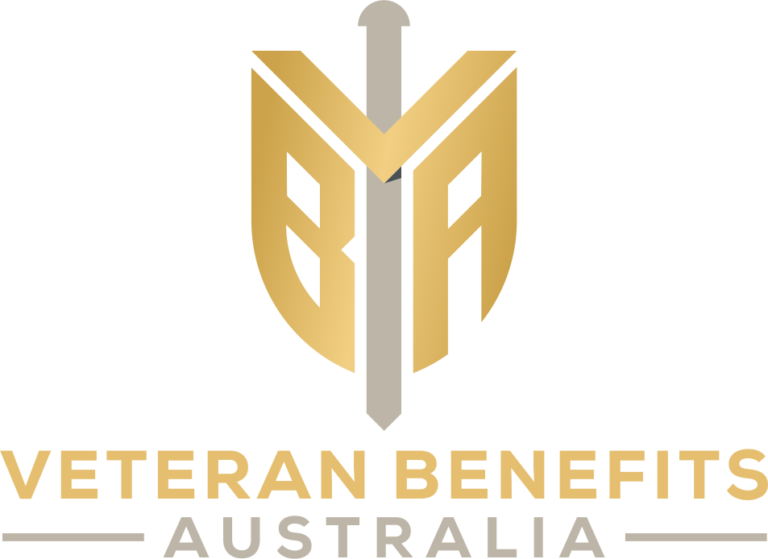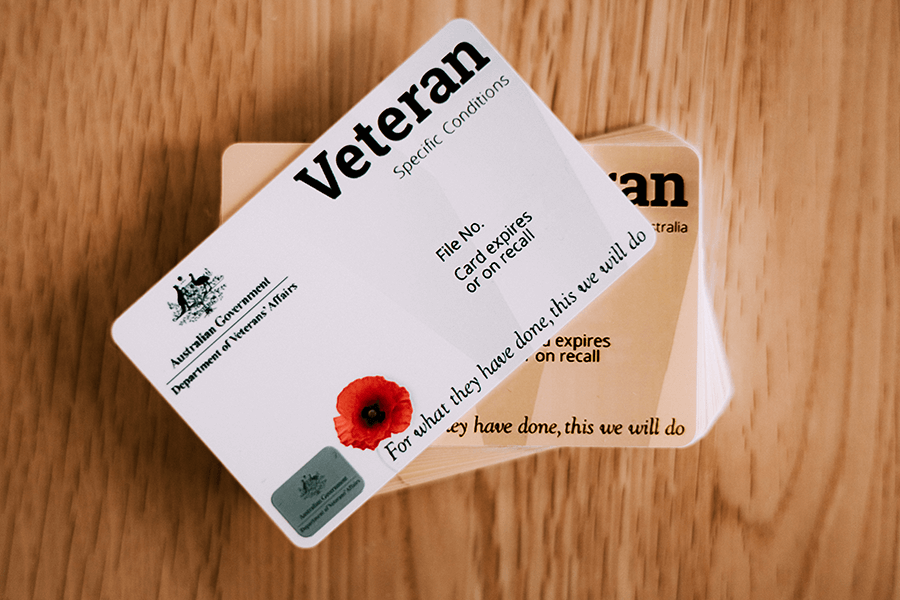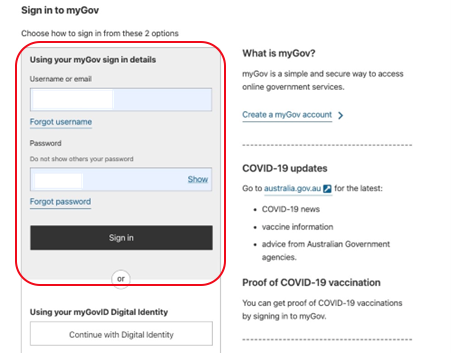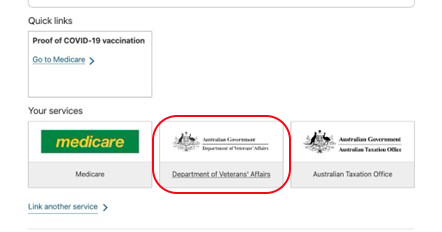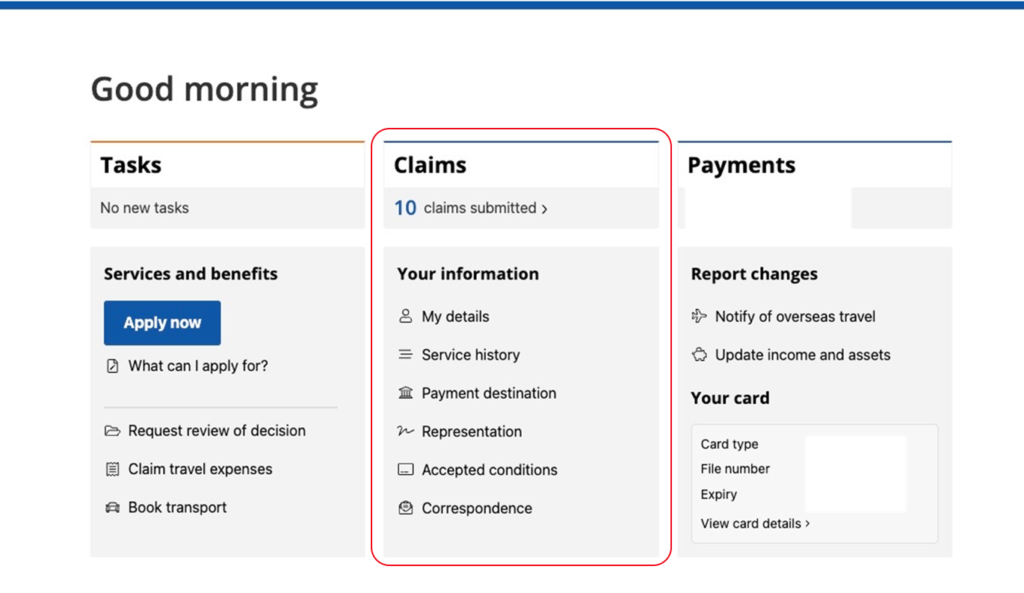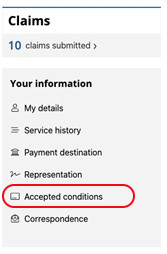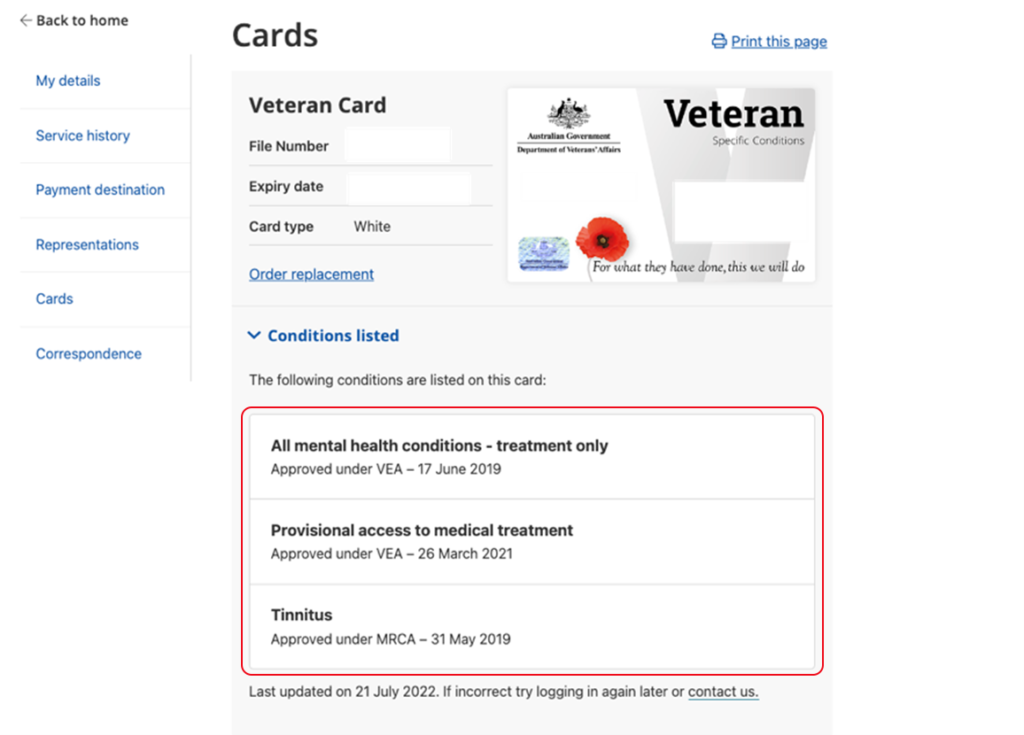It’s normal to feel anxious about the future. But anticipatory anxiety can take its toll on your well-being. We share five simple strategies to help you cope.
If you’ve ever experienced that stomach ache before a major event or critical meeting then you’ve experienced anticipatory anxiety. Anticipatory anxiety is a form of worry or fear about an upcoming event. When this occurs, our minds can get tangled up in an unending loop of “what ifs,”. We can find ourselves spinning tales of worst-case scenarios that may never even occur.
Understanding anticipatory anxiety
Feeling nervous or anxious before a big event is normal, but it can become problematic when these feelings start taking over our daily lives. If you’re anxious about the future, it’s certainly not a sign of weakness or irrationality. The brain is built to anticipate and plan ahead. But sometimes, thoughts can get carried away, and we can find ourselves spiralling into worry, or even panic.
The physical aspects of anticipatory anxiety
Anticipatory anxiety can manifest in many ways. You may notice physical symptoms like muscle tension, difficulty focusing, your heart racing a mile a minute, an upset stomach, or trouble getting a good night’s sleep. These symptoms can weigh heavy on your mental and emotional well-being, robbing you of the joy of the present moment. When these physical symptoms occur, it can be helpful to ground yourself with your favourite mindfulness practices.
Getting ahead of anticipatory anxiety
Understanding anticipatory anxiety can make it more manageable. The first step in solving any problem is recognizing that there is one, so it’s important and powerful to fully recognize what you’re feeling. It’s essential in life to validate your emotions.
There’s nothing wrong with feeling worried in life. Life is an uncertain journey, and feeling worried comes with the territory. How we choose to respond to the worries we feel is what matters most.
One way to get ahead of anticipatory anxiety is to have some of your favourite mindfulness practices in your hip pocket when that worry strikes. More on that in a moment.
Types of Anticipatory Anxiety
When it comes to understanding and getting ahead of anticipatory anxiety, it’s important to understand the different ways it may present. Here are the four key types.
1. Generalised Anxiety Disorder (GAD)
Think of GAD as a long-term tenant of anticipatory anxiety. Your worries might not be limited to just one area. Instead, they tend to sprawl across multiple aspects of life like work, health, or relationships.
If you experience feelings of impending doom or relentless thoughts about the future that seem hard to rein in might be tell-tale signs of GAD. If you think GAD might be behind your symptoms, please reach out for professional support.
💙 The Calm app is also here to help during times of stress and anxiety with tools to help you feel better whenever you need it most. Guided mindfulness practices like this 10 minute Anxiety Release practice can also help ease in-the-moment anxiety.
2. Specific phobias
Sometimes, anticipatory anxiety is triggered by specific phobias. Let’s say you’ve got a fear of flying. You might feel anticipatory anxiety amping up in the days or even weeks before you’re due to take off. This isn’t your everyday fear. It’s an intense wave of anxiety that could significantly hamper your life’s quality.
In the case of the fear of flying, you might find yourself making excuses not to vacation, or travel by air just to avoid feeling this intense anticipatory anxiety. If your anticipatory anxiety is tied to phobias, it’s important to find tools that can help you cope so that the phobia and corresponding anxiety don’t negatively impact your life.
💙 If you have a fear of flying, try Tamara Levitt’s Calming Flight Anxiety course.
4. Panic attacks
In some instances, anticipatory anxiety can escalate into full-blown panic attacks. Imagine your worry about a future event becoming so overwhelming that it triggers symptoms like a racing heart, shortness of breath, or a sheer sense of terror.
As daunting as these feelings might be, remember that they can’t physically harm you, and you can manage them. If panic attacks impede your daily life, know that help is available. There’s absolutely no need for you to weather this storm alone.
💙 You might also try this 4-minute Panic SOS guided practice to help you feel more grounded and centred if you experience panic attacks regularly.
Recognizing these different forms of anticipatory anxiety is in no way intended for you to feel labelled or dysfunctional, but rather to help guide you so you can take the necessary steps to cope better with these difficult feelings and emotions. Use this knowledge to find solutions tailored to your unique anxiety journey.
The Signs of Anticipatory Anxiety
Spotting the signs of anticipatory anxiety is like finding the key to managing it. So, let’s dive into some of the tell-tale signs:

Trouble focusing
If you catch yourself in a daze or are struggling to stay on task, it could be anticipatory anxiety working behind the scenes. Your mind might be so entangled in future worries that you struggle to stay in the now.
Mood swings
If you find yourself feeling snappy, restless, or finding your mood swinging like a pendulum, it could be a sign of anticipatory anxiety. Emotional ups and downs are a common symptom of anticipatory anxiety and can tip you off that it’s time to find some good tools to help you cope.
Less interest in your hobbies
If those activities that used to light you up now feel more like an obligation then this might point to feelings of anticipatory anxiety.
Feelings of restlessness
Sometimes, feeling jittery and on edge can be a physical indication of anticipatory anxiety. If you feel as though your body is on constant standby, preparing for the worst, then it could be time to implement a mindfulness tool like this SOS Breath Work meditation.
Tummy troubles
If you’re dealing with this kind of anxiety you may notice a shift in your eating habits. You might also catch yourself feeling nauseous or queasy. If your anxiety is manifesting physically this guided Calm Anxiety practice may help soothe your symptoms.
Tension showing up in the body
Anticipatory anxiety can have an equal effect on the mind and also the body. Clenching your muscles can be a symptom which can cause discomfort or pain. Areas like the neck, shoulders, and back are particularly susceptible.
Restless sleep
When dealing with anticipatory anxiety, it’s not uncommon for it to affect your sleep patterns. This could look like a restless night’s sleep, insomnia, or even sleeping in too late to avoid the anxiety-inducing activity. If your anxiety is affecting your ability to rest, relaxation strategies before bed might help. Try this Unwind into Sleep meditation or consider playing a relaxing sound designed to help you sleep like white noise.

5 Strategies to Help You Manage Anticipatory Anxiety
Taming anticipatory anxiety calls for a blend of effective strategies. These six tips should offer a starting point.

1. Practice mindfulness
Mindfulness is a powerful tool when it comes to managing anticipatory anxiety. By anchoring yourself in the present moment, future worries tend to loosen their grip, and you’ll likely notice yourself feeling more grounded and relaxed. Mindfulness works best when practised consistently so try to set aside time each day for mindfulness exercises and meditations. Cultivate your mindfulness practice in under 10 minutes a day with the Daily Calm, Daily Trip, or Daily Jay.
2. Try relaxation techniques
Make relaxation techniques a regular feature in your daily routine to help calm your mind and body. Test out progressive muscle relaxation, visualisation, or gentle stretches. Find what clicks with you and carve out time for some well-deserved relaxation.
Guided meditations to encourage tranquillity, like Present in the Body with Dr. Megan Reitz.


3. Learn to manage your breathing
Breathing exercises, particularly ones that use extended exhales, are a great way to ease anxiety in both body and mind. So the next time you feel anxious, try taking deep breaths in followed by longer, slower breaths out. This signals a state of relaxation to the body that helps to slow down heart rate and relax the nerves. Ease anxiety by tuning into this Relax with the Breath session.
4. Prioritize sleep
Quality sleep is an essential pillar for managing anxiety. And here’s a quick refresher on some sleep hygiene fundamentals:
- Stick to a consistent sleep routine
- Unwind with relaxation techniques
- Dial down screen time before bed
- Cozy up with comfortable bedding
The Calm app’s Sleep Stories and sleep meditations have been designed to help you fall asleep and stay asleep.


5. Face your fears
Standing up to your fears can be a game-changer in managing anticipatory anxiety. Gradually expose yourself to the situations that get your anxiety gears grinding. Start with small steps and remind yourself to take a moment to acknowledge your courage and resilience. See this as a growth moment!
For additional support, try the Overcome Stress and Anxiety series with Dr Julie Smith.
When to Seek Professional Support For Anticipatory Anxiety
- If you’re experiencing one or more of the below, please consider reaching out to a healthcare professional for support:
- If anticipatory anxiety persists and feels relentless or out of control
- If anticipatory anxiety interferes with everyday tasks or relationships
- If implementing coping techniques feels overwhelming or too difficult
- If anticipatory anxiety is accompanied by conditions like generalized anxiety disorder, depression or other mental health conditions

Your Questions About Anticipatory Anxiety answered
Q: What sparks anticipatory anxiety?
Triggers for anticipatory anxiety vary. Common instigators include:
- Impending major events
- Uncertainty about what’s ahead
- Past traumatic experiences
- A habit of imagining the worst outcomes
Understanding your unique triggers aids in forming personalized coping mechanisms.
Q: How does anticipatory anxiety manifest?
Anticipatory anxiety shows up differently for everyone. Physical symptoms might be increased heart rate, sweating, shaking, or stomach discomfort. Emotional signs could involve restlessness, irritability, or a feeling of impending catastrophe. Cognitive symptoms might include fast-paced thoughts, focus difficulty, or excessive future event worries.
Q: Could you provide an anticipatory anxiety example?
Suppose you’ve got a job interview approaching. Days prior, you’re restless, distracted, and burdened by negative outcome thoughts. This persistent concern and preoccupation with the future represents anticipatory anxiety.
Q: How can I soothe anticipatory anxiety?
Numerous tactics can help alleviate anticipatory anxiety. These can encompass mindfulness practice, relaxation techniques, seeking healthy distractions, ensuring sufficient sleep, gradually confronting fears, and reshaping negative thought patterns. Try out these methods to find your personal blend.
